
“Distorted Shadows of the Moon’s Surface Created by an Annular Eclipse” © Ryan Imperio (USA). Overall Winner and Winner, Our Sun.
“This is a sequence of continuously captured images showing the progression of Baily’s beads at third contact during the 2023 annular eclipse. Baily’s beads are formed when sunlight shines through the valleys and craters of the Moon’s surface, breaking the eclipse’s well-known ring pattern, and are only visible when the Moon either enters or exits an eclipse. These are a challenge to capture due to their brevity and the precise timing needed.”
A fascinating view of an annular eclipse has won the top prize at the Royal Observatory Greenwich’s Astronomy Photographer of the Year competition. American photographer Ryan Imperio beat out over 3,500 entries from 58 countries to capture the title.
Imperio captured this interesting sequence in Odessa, Texas, during the 2023 annular eclipse. It shows the progression of Baily’s beads during the event, which are formed when sunlight shines through the valleys and craters found on the Moon’s surface. Only visible when the Moon enters or exits an eclipse, they are difficult to capture.
“This is an impressive dissection of the fleeting few seconds during the visibility of the Baily’s beads,” declared judge and meteorologist Kerry-Ann Lecky Hepburn. “This image left me captivated and amazed. It’s exceptional work deserving of high recognition.”
Fourteen-year-old Daniele Borsari was named Young Astronomy Photographer of the Year for his spectacular look at a nebula located 1,000 light-years from Earth. The Italian teenager’s look at the California Nebula was singled out because it “demonstrated the future of astronomy photography being fearlessly and openly taken forward by a new generation.”
Other winning photographs capture the beauty of the Southern Lights and the stunning details of the Moon’s surface. See all the winners below, as well as some of our favorite finalists.
Here are the incredible winners of the 2024 Astronomy Photographer of the Year contest.
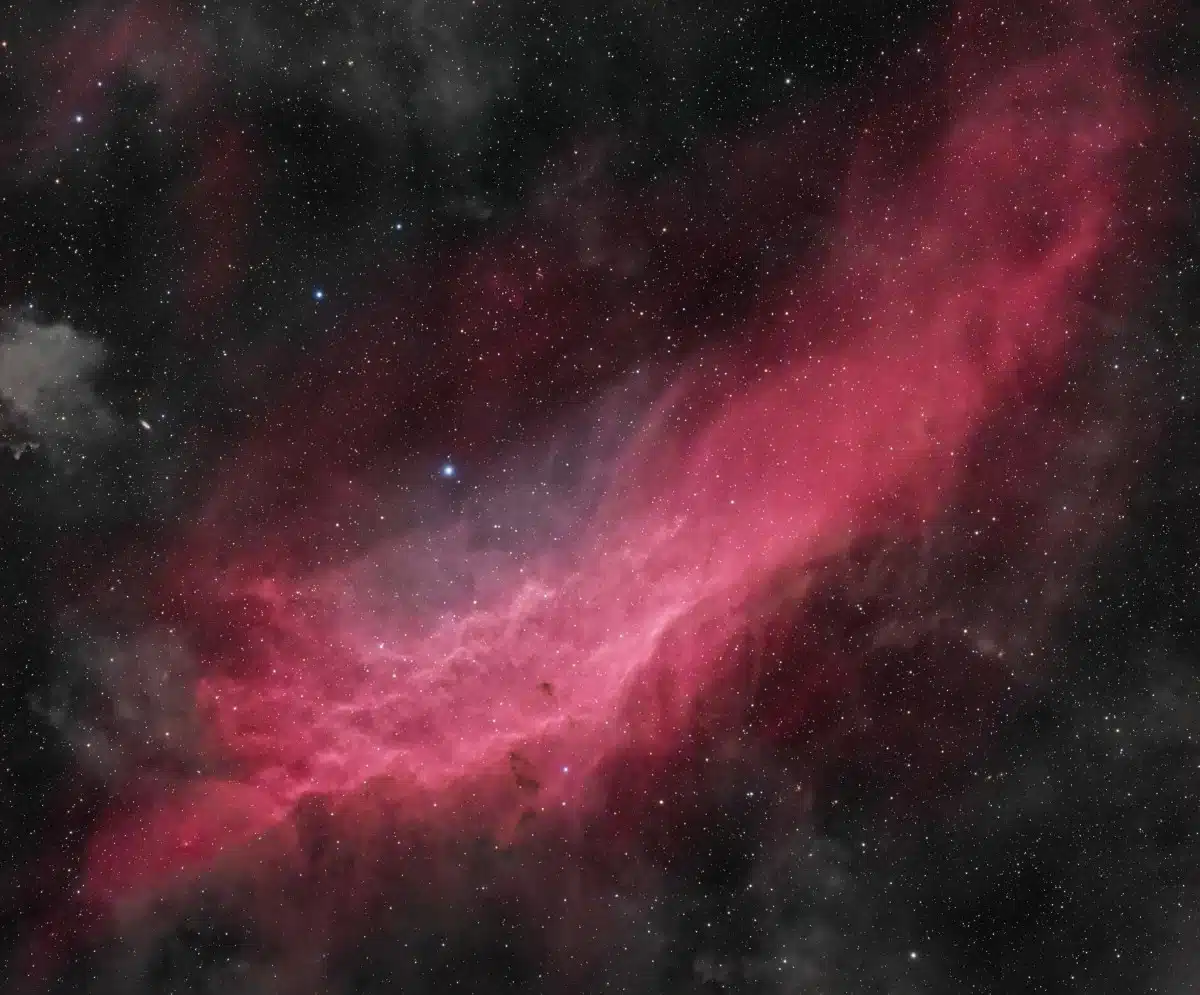
“NGC 1499, A Dusty California” © Daniele Borsari (Italy), aged 14. Winner, Young.
“This image features a deep integration on the California Nebula, NGC 1499, an emission nebula in the constellation of Perseus. It’s located at a distance of about 1,000 light years from Earth and it’s visible thanks to the ionization of gases by the blue giant star ξ Persei (Menkib).”
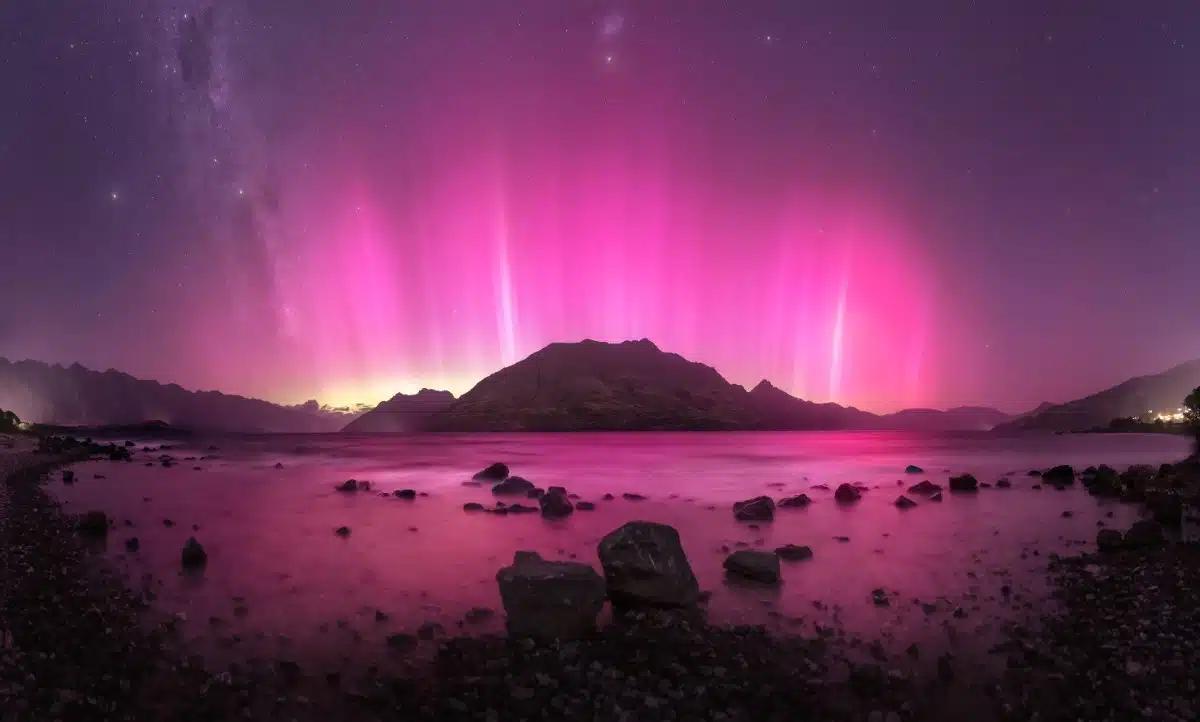
“Queenstown Aurora” © Larryn Rae (New Zealand). Winner, Aurorae.
“The Aurora Australis captured above the mountains in Queenstown. It is a 19-image panorama capturing all the fast-moving beams that lit up the sky in February 2023. The photographer used an astro-modified camera to capture all the pink hues of the aurora which makes for an incredibly dynamic final image.”
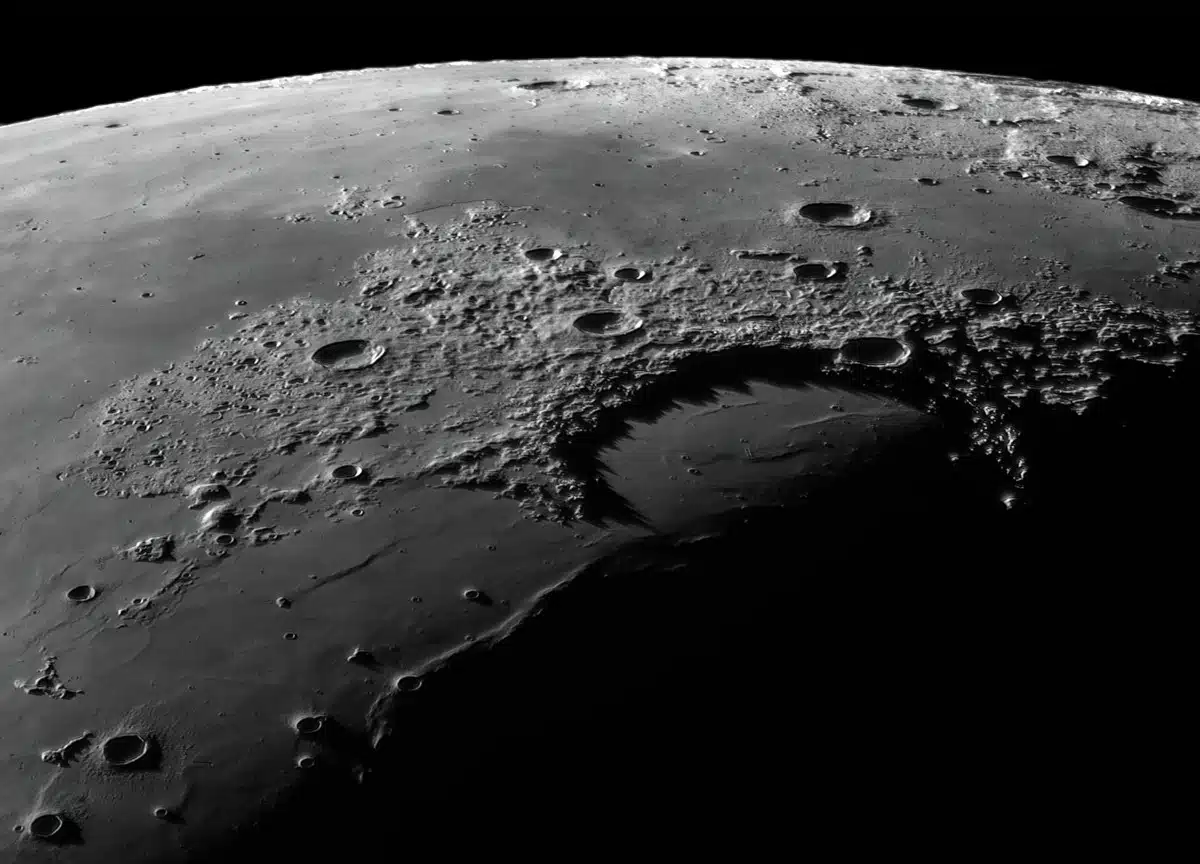
“Shadow peaks of Sinus Iridum” © Gábor Balázs (Hungary). Winner, Our Moon.
“This photograph shows Sinus Iridum, also known as the ‘Bay of Rainbows,’ a 260-kilometer diameter bay bordered by several smaller craters. The photographer used a monochrome camera with a filter to capture the area. The crater visible in the upper right corner, Pythagoras, is particularly noteworthy and is almost visible from the side due to the libration, the wavering of the Moon as viewed from Earth.”
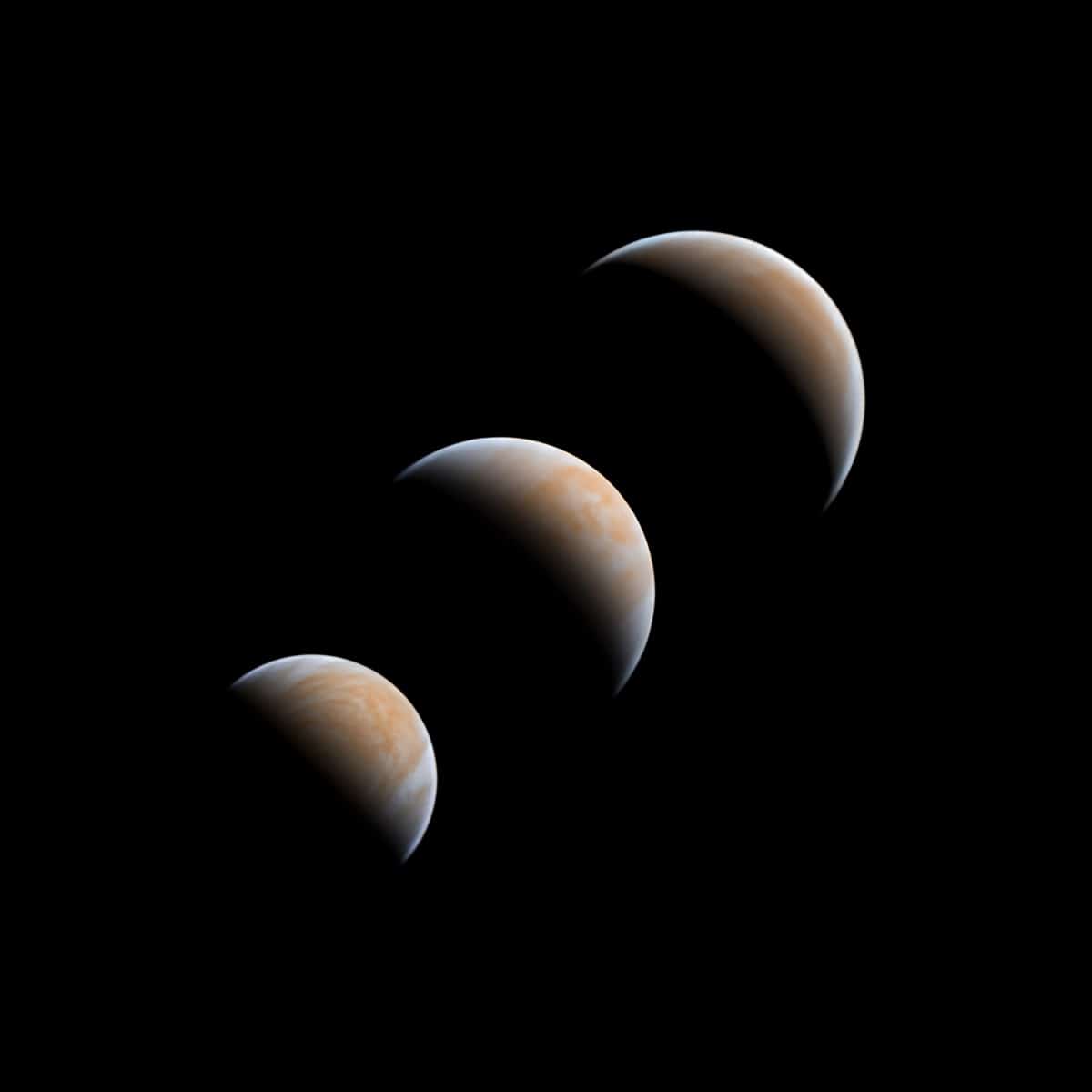
“On Approach” © Tom Williams (UK). Winner, Planets, Comets & Asteroids.
“This false-color composite shows the phases of Venus on approach to inferior conjunction, which is when Venus and the Earth appear close on the same side of the Sun. Using ultra-violet and infrared filters, the intricate cloud structure within the upper atmosphere of the planet is revealed. Despite Venus’s rotation period being many months long, the atmosphere is far from stationary, circling the planet in around four days. This makes UV imaging of Venus particularly interesting as the planet is much more dynamic than it otherwise would be if viewed in the visible spectrum.”
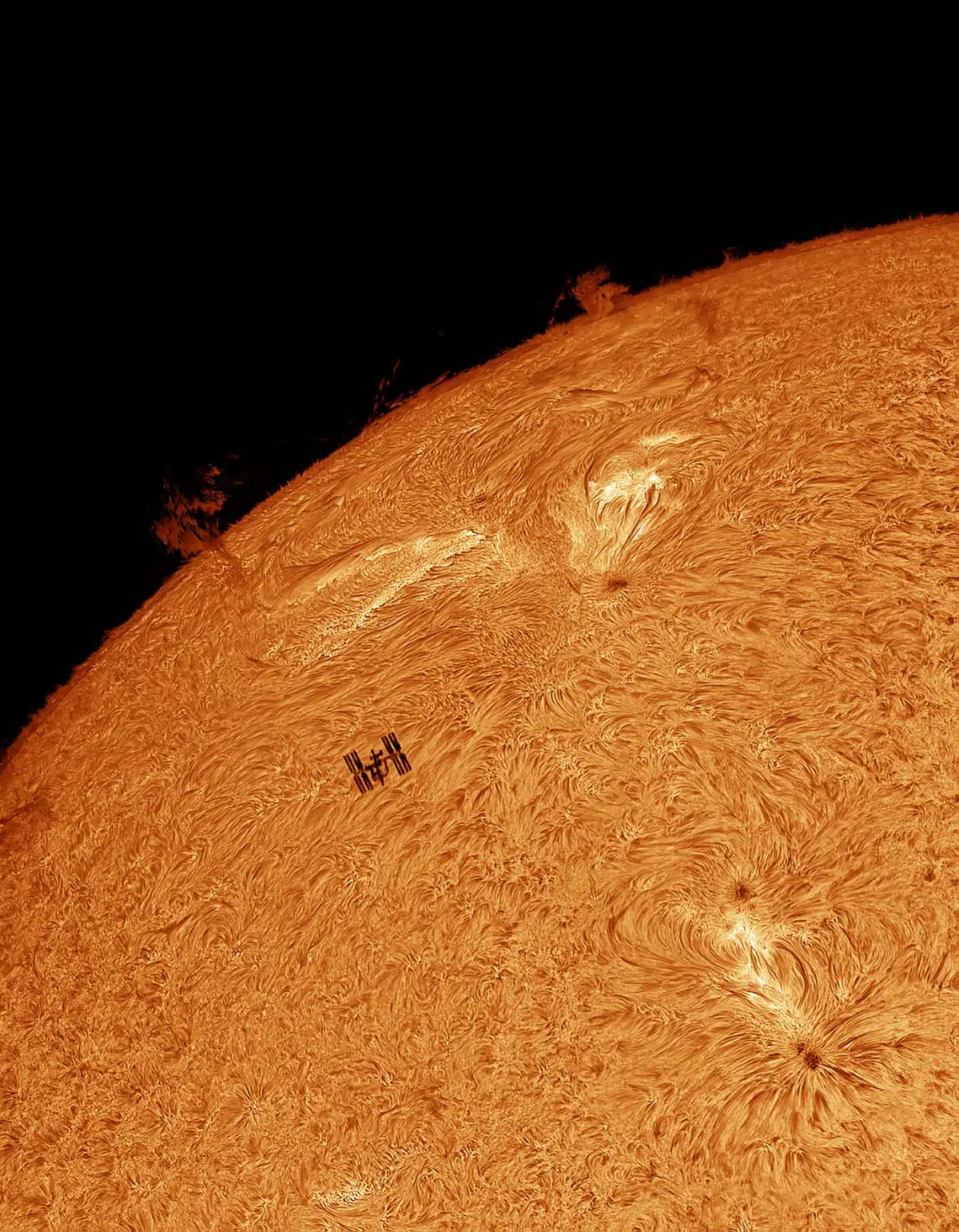
“High-Tech Silhouette” © Tom Williams (UK). Winner, People & Space.
“This H-alpha image of the Sun features the silhouette of the International Space Station (ISS) transiting the eastern solar limb. Crossing the field-of-view in just 0.2 seconds, ISS transits of the Sun are particularly rare for any one location on Earth. The Sun was active and a prominence right next to the station’s transit location can be seen.”

“SNR G107.5-5.2, Unexpected Discovery (The Nereides Nebula in Cassiopeia)” © Marcel Drechsler, Bray Falls, Yann Sainty, Nicolas Martino, Richard Galli (Germany, USA, France, France, France). Winner, Stars & Nebulae.
“This impressive photograph is the result of 3,559 frames, 260 hours of exposure time and telescopes on three continents. The team worked to explore and photograph a previously unknown gigantic supernova remnant (SNR) in the center of the famous constellation Cassiopeia. The international team of amateur astronomers is under the scientific leadership of Professor Robert Fesen (USA). The fact that amateurs have made such a discovery is a testament to how important their role has become in today’s astronomy.”
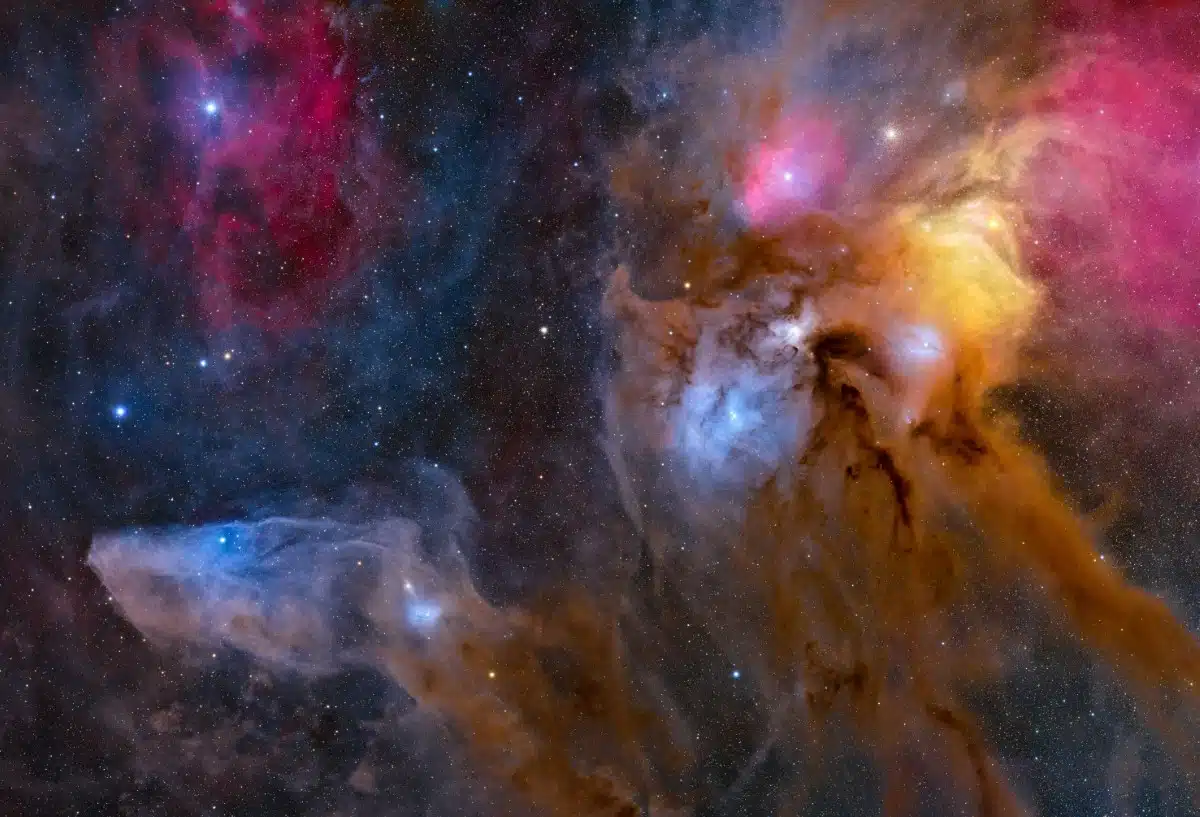
“Antares Region” © Bence Tóth (Hungary). Highly Commended, Stars & Nebulae.
“This image shows the dust and gas formations around the star Antares. As this part of the sky is barely visible from Hungary, the photographer traveled to Namibia as part of an astrophotography expedition to capture this image. A telephoto lens was used to achieve the huge field-of-view but the photographer still needed to create a five-panel mosaic (three panels RGB and two panels of H-alpha) to be able to show this huge region in one picture.”
There were over 3,500 entries from 58 countries in this year’s astrophotography competition.
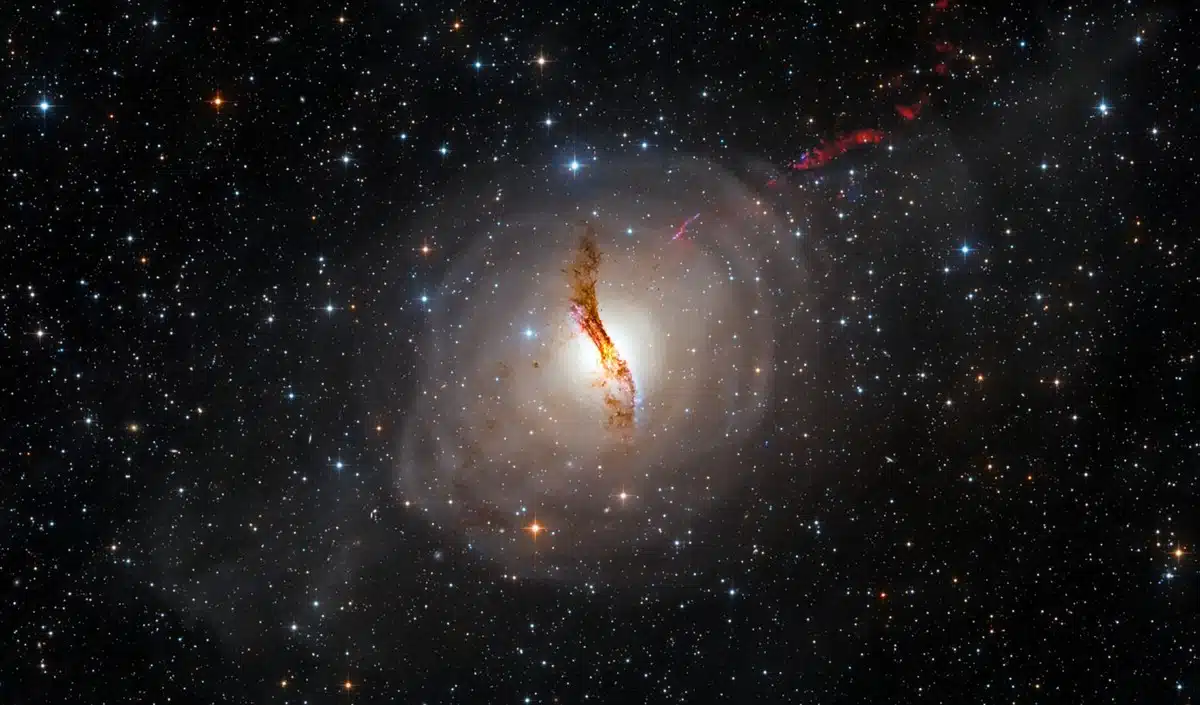
“Echoes of the Past” © Bence Tóth, Péter Feltóti (Hungary). Winner, Galaxies.
“This picture shows the galaxy NGC 5128 and its surrounding tidal wave system as well as a visualization of the relativistic jet, powerful jets of radiation, and particles traveling close to the speed of light. This interesting target can only be shot from the southern hemisphere, so the photographers traveled to Namibia to capture the image.”
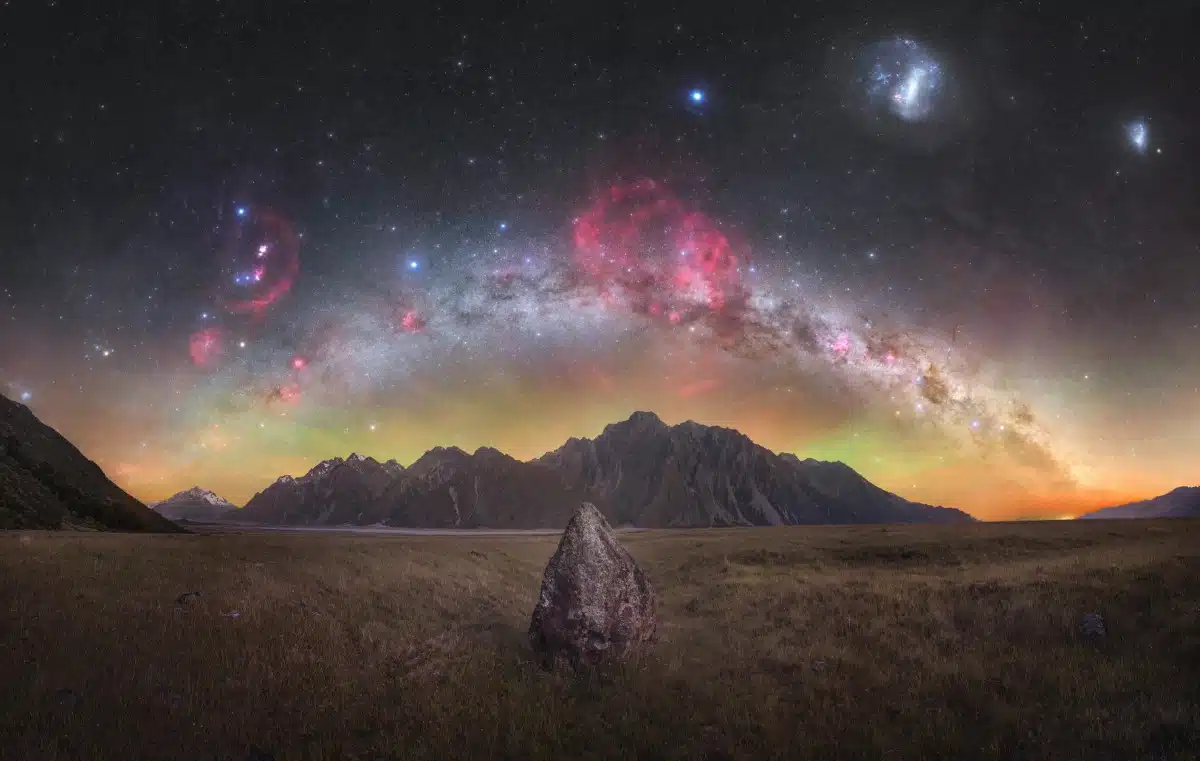
“Tasman Gems” © Tom Rae (New Zealand). Winner, Skyscapes.
“This photograph shows the rugged peaks of the Tasman Valley reaching up to the impressive features of the southern hemisphere summer night sky. It includes the hydrogen clouds of the Gum Nebula (central red region) and various other regions of active star formation stretched throughout the fainter arms of the Milky Way. This part of the night sky that tends to be less photographed, due to the faintness of the Milky Way band.”
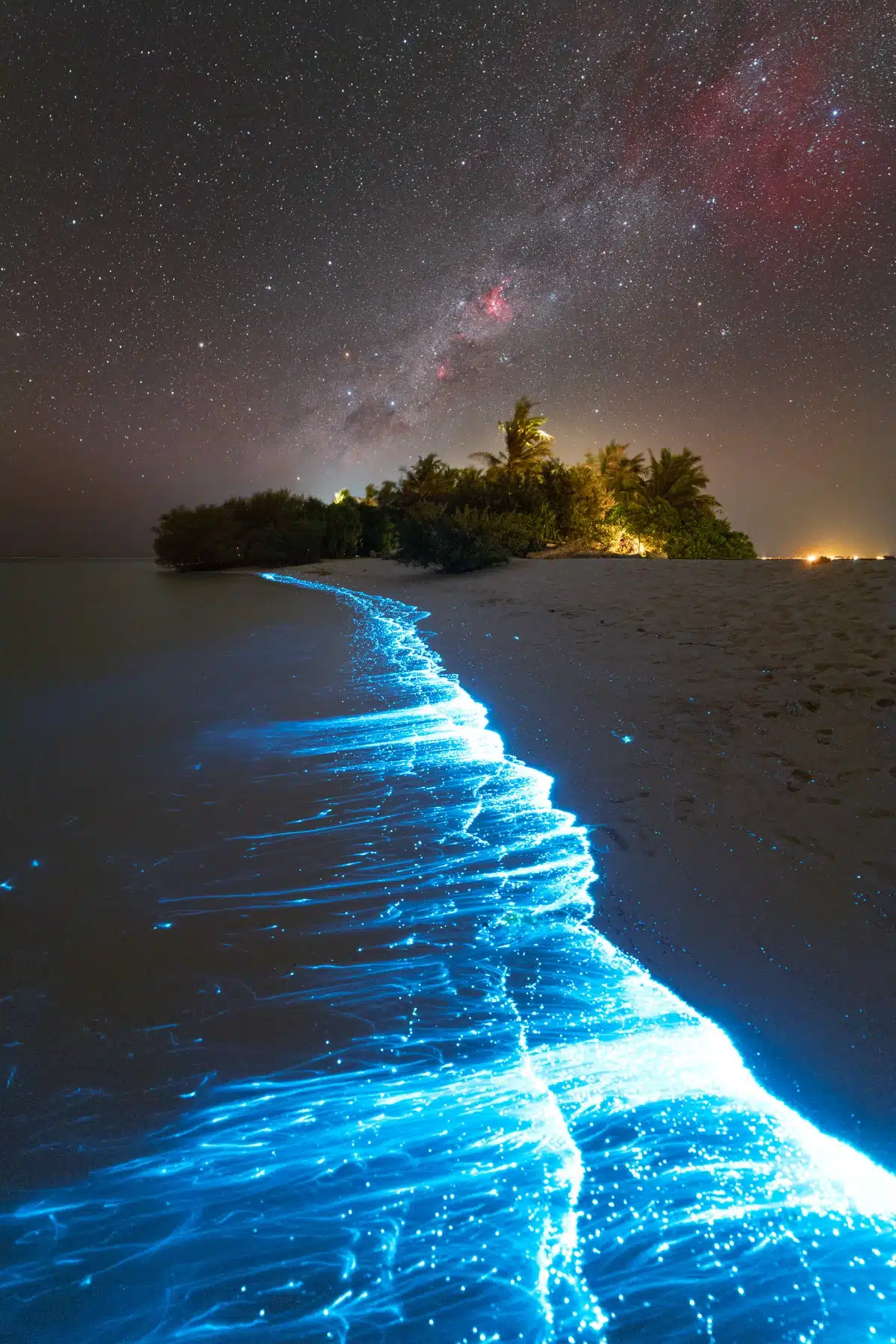
“Like Blue Lava” © Petr Horalek (Czechia). Highly Commended, Skyscapes.
“This photograph was taken on the northern beach of the small island of Medhufaru. The bioluminescence of plankton peaks in early January, but this year, the activity was prolonged by a month. The whole beach shines with turquoise light, while the gems of the Southern Cross constellation – such as the Gum Nebula or Carina Nebula – appear in the sky. This photograph is a single shot, processed for curves, white balance, selective colors, for H-alpha enhancement and denoising.”
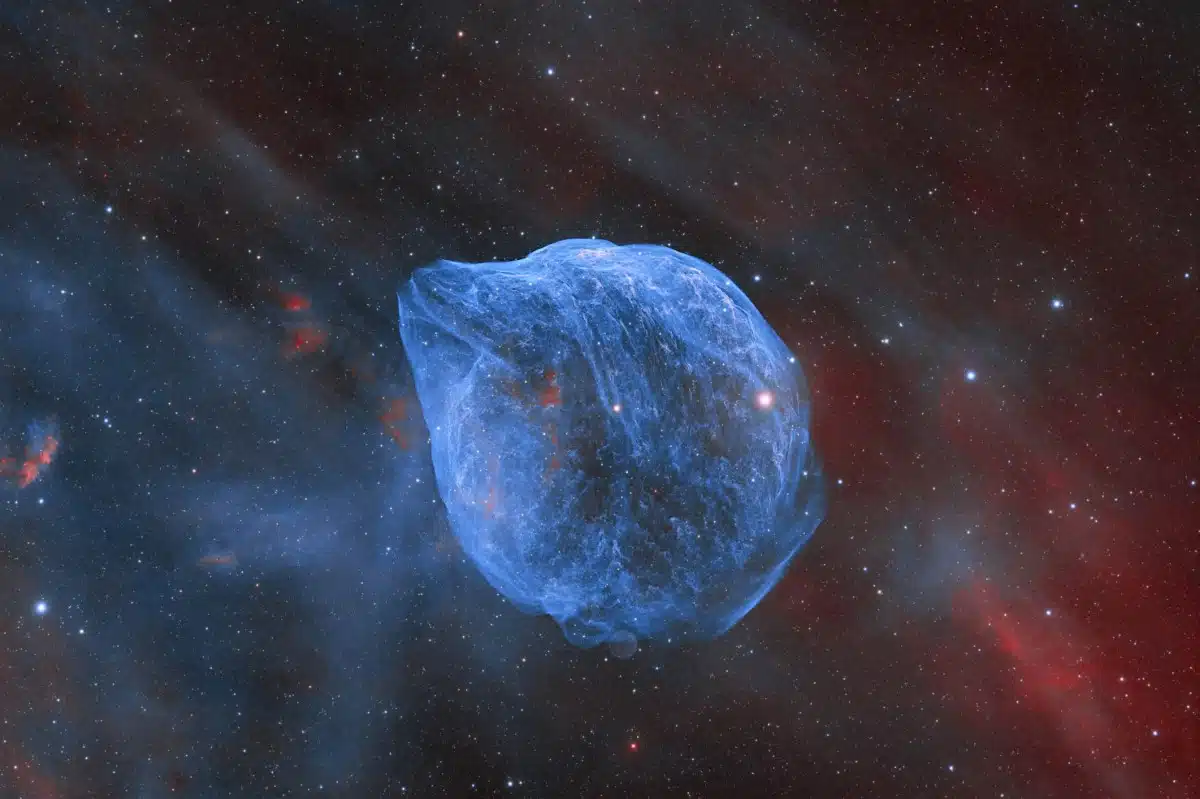
“SH2-308: Dolphin Head Nebula” © Xin Feng, Miao Gong (China). Winner, Sir Patrick Moore Prize for Best Newcomer.
“SH2-308 (the Dolphin Head Nebula) is at a low angle and can only be shot for five hours a day. This image comprises a total of ten days of shooting and post-processing with PixInsight. The main body of the nebula and the background stellar wind are both prominent.”
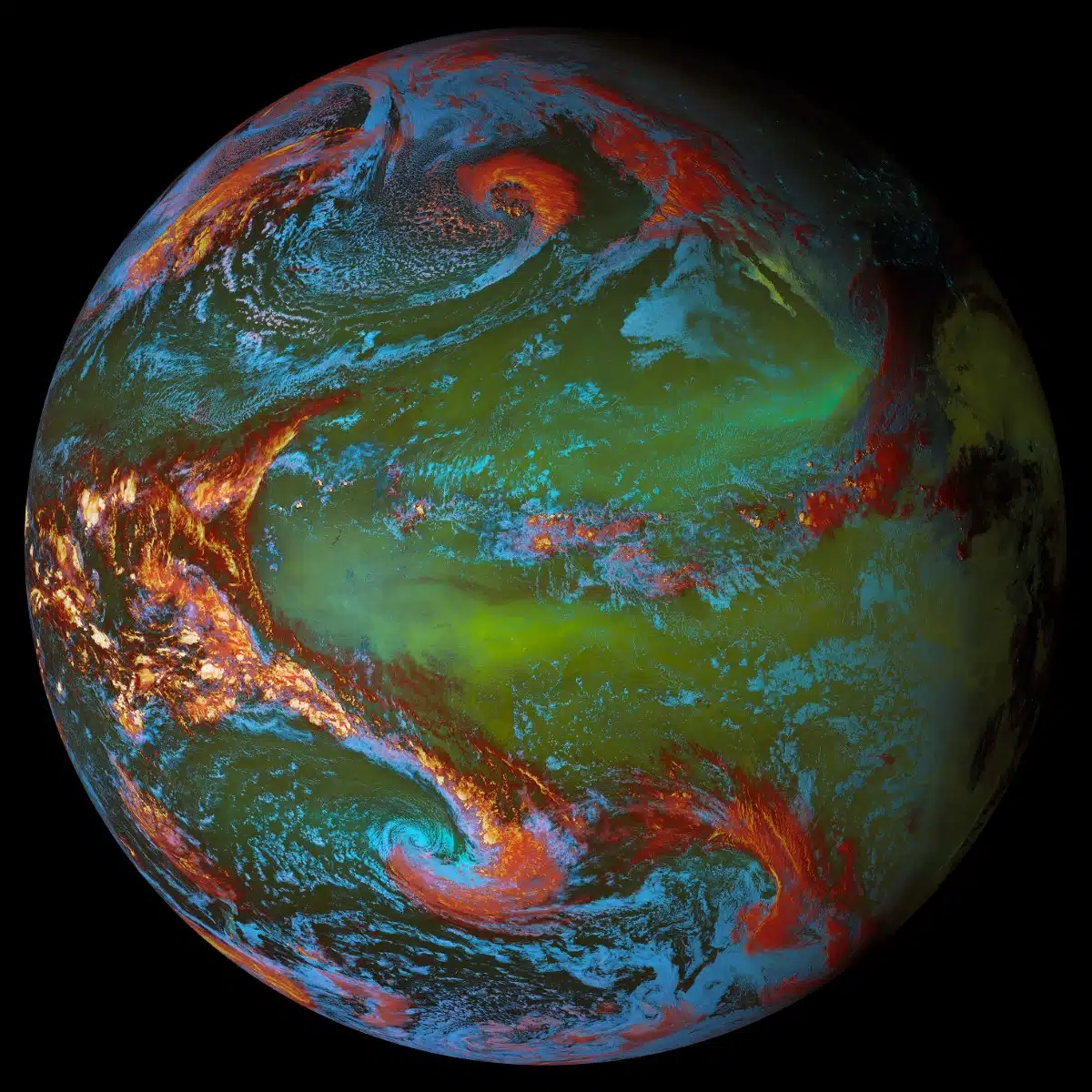
“Anatomy of a Habitable Planet” © Sergio Díaz Ruiz (Spain). Winner, Annie Maunder Prize for Image Innovation.
“This seemingly alien world is actually our endangered planet, Earth, as a distant civilization might study it. This image was created by mixing the 16 bands monitored by the GOES-18 weather satellite to encode land masses, oceans, and atmospheric features as different colors.”
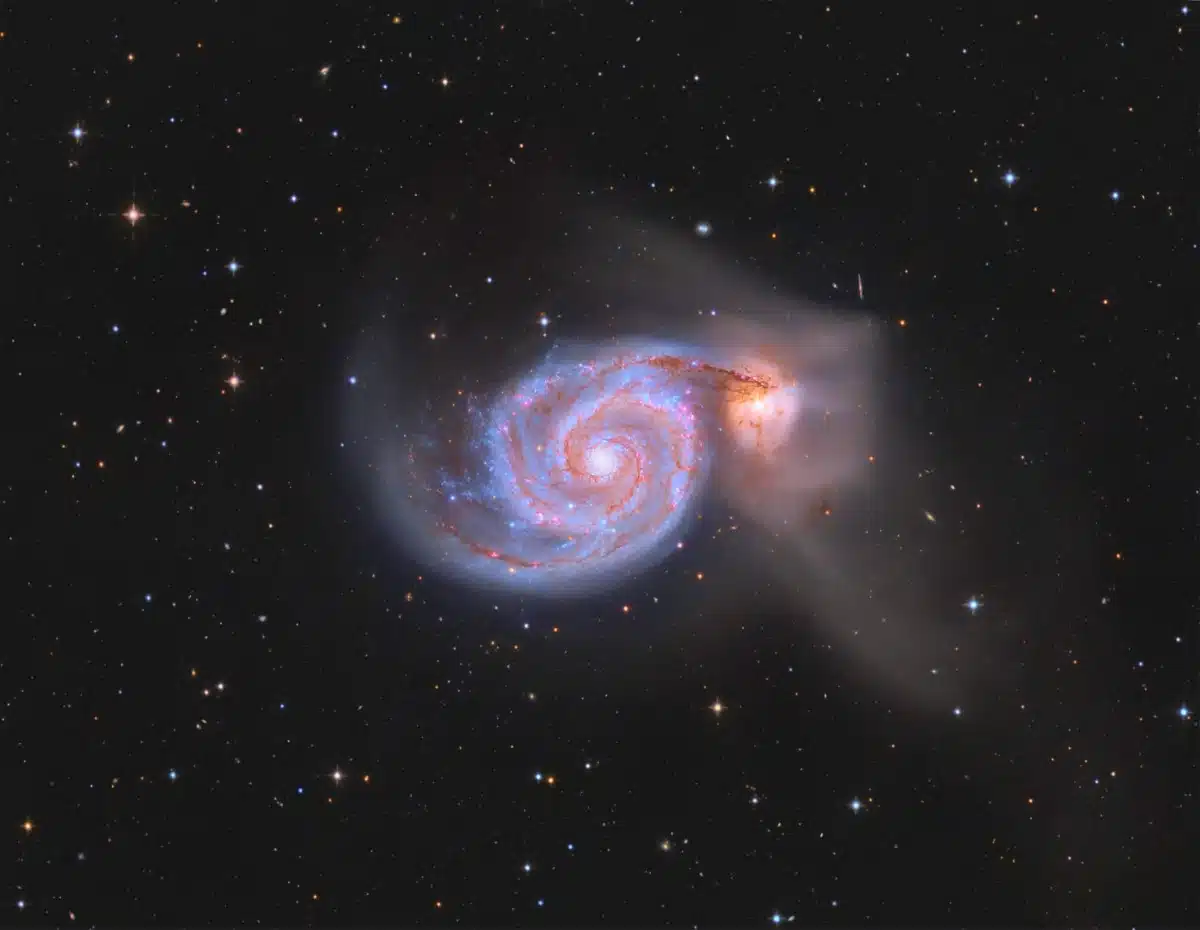
“M51: The Whirlpool Galaxy” © ZiYang Chang (China), aged 14. Highly Commended, Young.
“The Whirlpool Galaxy, located in the constellation Canes Venatici, is interacting and colliding with its neighboring galaxy, NGC 5195, resulting in its peculiar shape today. Due to its small area in the sky and its high degree of brightness, it achieves an excellent signal-to-noise ratio when using a 150 mm aperture telescope. After an extremely long exposure, the white cloud bands surrounding M51 are also displayed.”
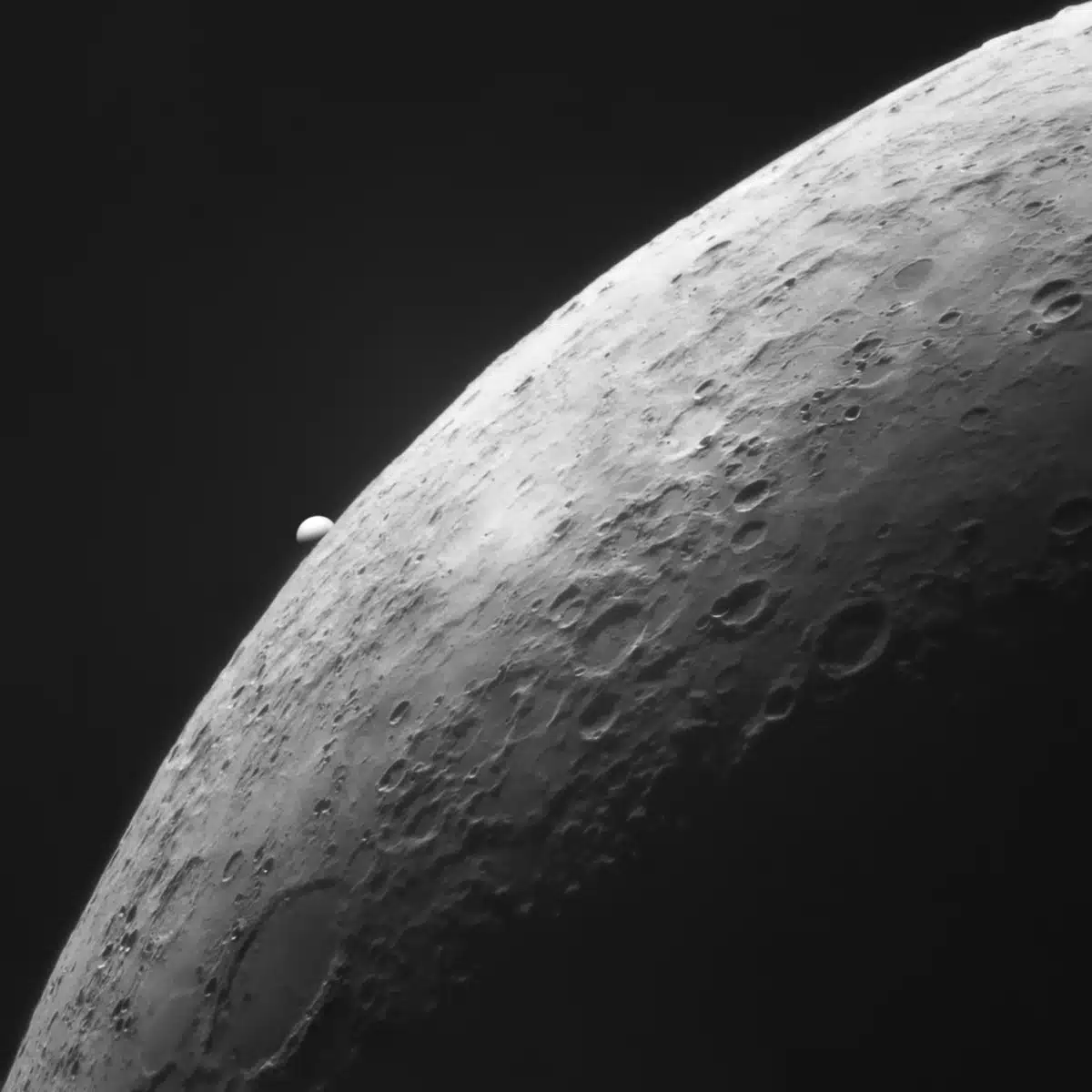
“Venus and the Moon in Infrared” © Lóránd Fényes (Hungary). Runner-Up, Our Moon.
“This image shows the year’s only planetary occultation of Venus and the Moon. The photographer worked with his friend, who detected the occultation on his telescope. The image is in mono, infrared range, inspired by a NASA photo of Saturn in mono.”
